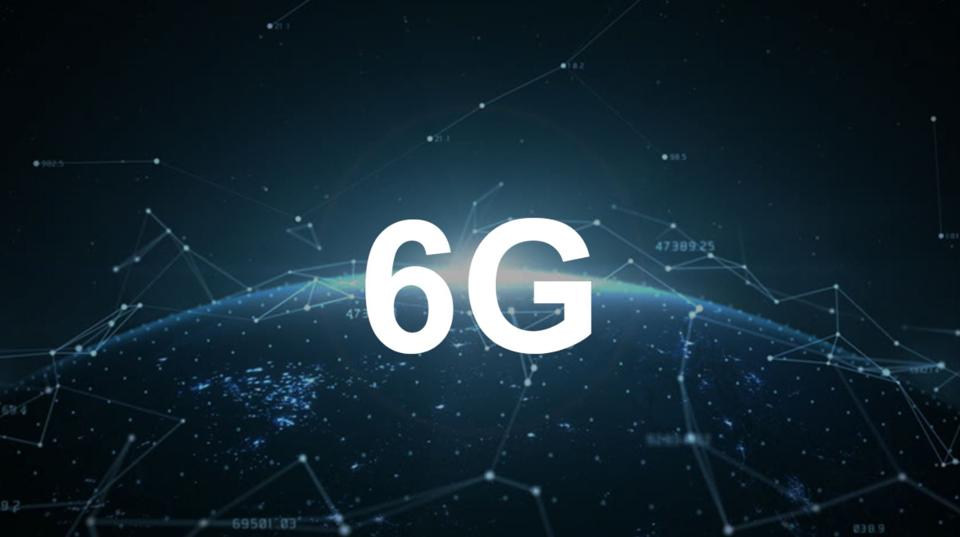Nokia to lead major 6G research project
6G-ANNA will push European and German 6G agenda

Nokia has been appointed to lead a 6G research project funded by the German government, working with 29 other industrial, startup, and academic partners to drive research and standardisations efforts.
Although the mobile industry is still developing and deploying 5G, attention has already turned to the next generation of networks that could be commercially available as early as 2030.
6G is viewed as a “trillion dollar opportunity” for the mobile industry, while technical leadership is increasingly a political priority for many governments around the world.
6G radio
‘6G-ANNA’ is backed by the German Federal Ministry of Education and Research (Bundesministerium für Bildung und Forschung, BMBF) to the tune of €38.4 million and has the stated aim of pushing the German and European 5G agendas over the next three years.
The project will also interact with other major 6G projects in Europe in the Us to ensure global standardisation. As part of the project, Nokia will focus on designing an end-to-end 6G architecture and work on three key technology areas – 6G access, network of networks, and automation and simplification.
“We are honoured to lead 6G-ANNA, the most important government-funded 6G lighthouse project in Germany,” said Peter Merz, Head of Nokia Standard. “While the first 6G networks are not expected to be commercially available before 2030, we are already laying the technical foundation with 5G-Advanced, as well as long-term innovation that will drive 6G developments.”
Although it is too early to predict the final form the 6G standard will take and which technologies will be included, there are some plausible assumptions about its capabilities and the challenges that operators, manufacturers and researchers face.
Are you a pro? Subscribe to our newsletter
Sign up to the TechRadar Pro newsletter to get all the top news, opinion, features and guidance your business needs to succeed!
Naturally, 6G networks will deliver huge advances in speed, capacity, and low latency, while it is also expected they will be much more intelligent and reliable. This will deliver superior mobile broadband but also enable advanced services such as truly immersive extended reality (XR), high-fidelity mobile holograms and digital twins.
Central to these applications will be the ability of 6G to compensate for current constraints – such as the limited processing capability of mobile devices – and the integration of intelligence into the network.
If the most ambitious targets are met, then 6G will deliver 100 times the capacity of 5G and will be able to support 10 million devices per square kilometre.
Signals would extend 10,000 metres above the surface, enabling ‘3D coverage’ in the skies, space and underwater. All these capabilities would allow for intelligent sensing, positioning, edge computing, and high-definition imaging.
Nokia says sub-networks, XR and real-time digital twinning will be among the proof of concepts it plans to present as part of 6G-ANNA.
Steve McCaskill is TechRadar Pro's resident mobile industry expert, covering all aspects of the UK and global news, from operators to service providers and everything in between. He is a former editor of Silicon UK and journalist with over a decade's experience in the technology industry, writing about technology, in particular, telecoms, mobile and sports tech, sports, video games and media.